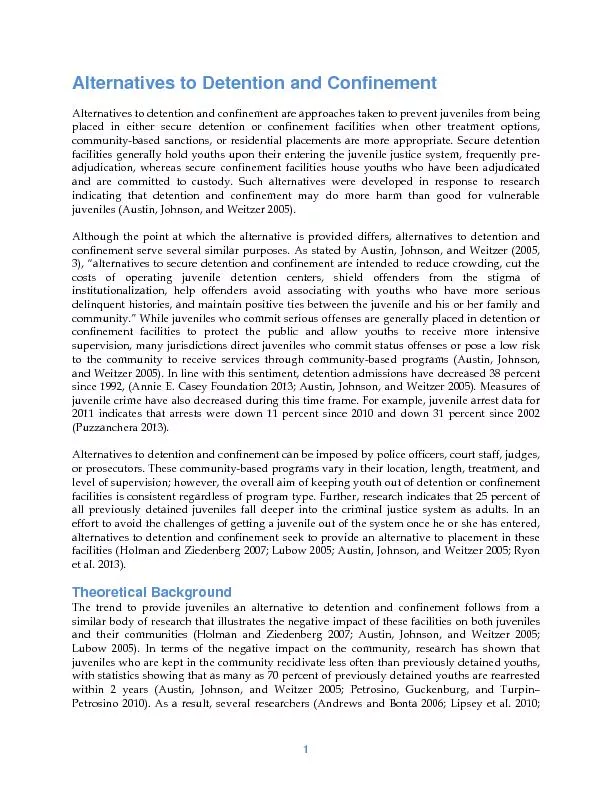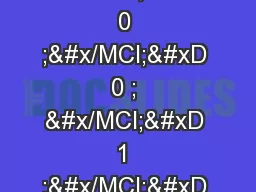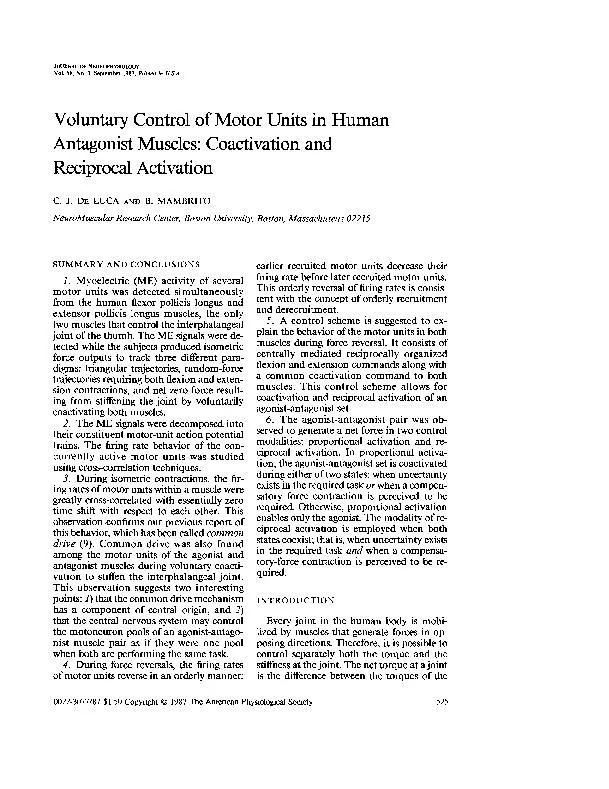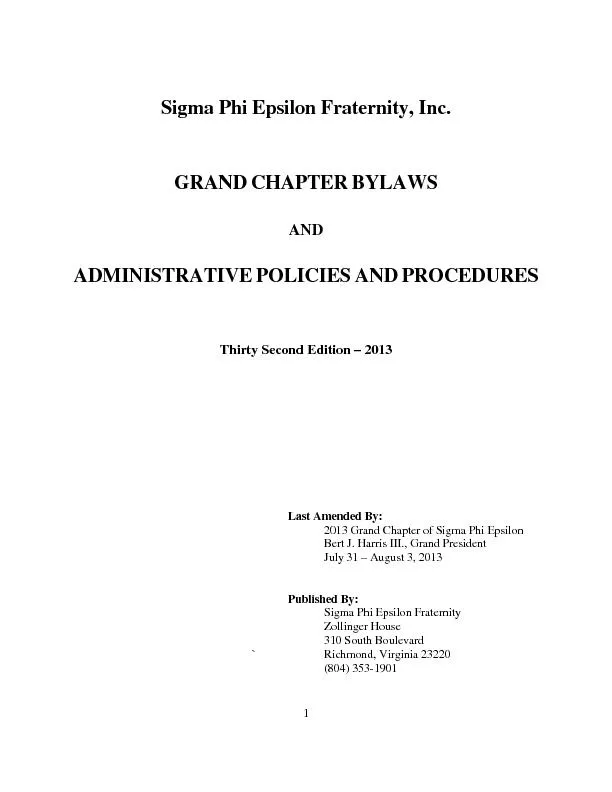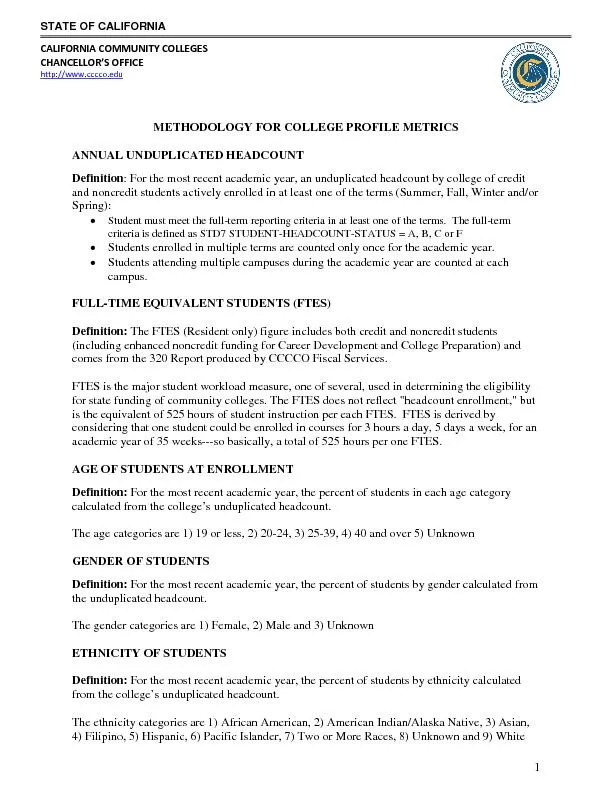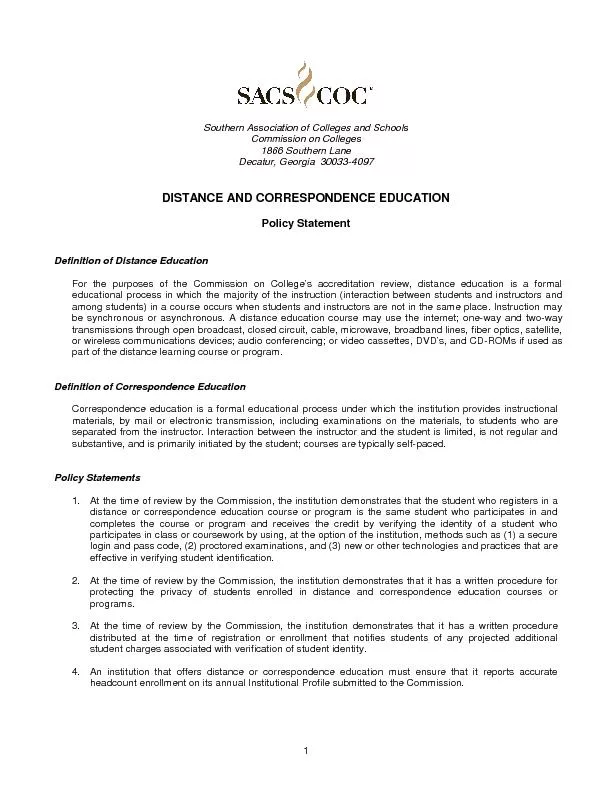PDF-1 &#x/MCI; 0 ;&#x/MCI; 0 ;Alternatives to Detentionand Confine
Author : yoshiko-marsland | Published Date : 2016-05-09
2 xMCIxD 0 xMCIxD 0 Drake 2011 suggestthatplacing juveniles in community settings that offer appropriate rehabilitation services will serve public safety better
Presentation Embed Code
Download Presentation
Download Presentation The PPT/PDF document "1 &#x/MCI; 0 ;&#x/MCI; 0 ;Altern..." is the property of its rightful owner. Permission is granted to download and print the materials on this website for personal, non-commercial use only, and to display it on your personal computer provided you do not modify the materials and that you retain all copyright notices contained in the materials. By downloading content from our website, you accept the terms of this agreement.
1 &#x/MCI; 0 ;&#x/MCI; 0 ;Alternatives to Detentionand Confine: Transcript
Download Rules Of Document
"1 &#x/MCI;
0 ;&#x/MCI;
0 ;Alternatives to Detentionand Confine"The content belongs to its owner. You may download and print it for personal use, without modification, and keep all copyright notices. By downloading, you agree to these terms.
Related Documents

